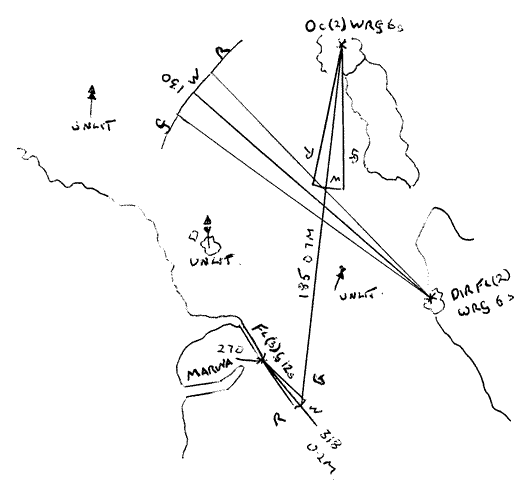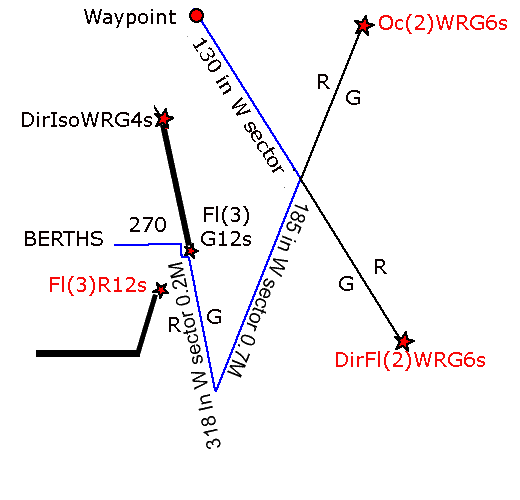Pilotage plans will always vary from harbour to harbour, the challenges of each place mean that each entry or exit will be different. In fact, the plan may need to be changed when conditions change.
There are also several different approaches about how skippers go about planning. The main thing is that there must be a plan, and it should be made before leaving harbour-not during the passage.
The first place to start is to read the pilot books and almanacs in conjunction with studying the charts. Any key points should be noted on a note pad so that all the relevant information is in one place.
This pad should be capable of being taken on deck in any weather conditions. There are waterproof books available for this purpose or you can use a hill walkers map case, a cheap option is a ziplock food bag. This will save wear and tear on the charts, which should never be taken on deck. If you are in the habit of taking the charts on deck, make sure you carry a spare ready to use if the first one gets blown over board!
The chart should then be marked up with the planned route, taking note of any navigation aids, hazards, bearing and distances of each of the legs. It is frequently valuable to know the approximate depths that should be found in each part of the passage.
There are many different means of recording this information and I have never yet found a system that works for everyone. What I have decided is that each skipper should work out their own system and prepare each plan themselves. I have listed below some of the approaches that seem to work for different people. The harbour concerned is St Quay Portrieux in Brittany.
Tracing the chart
It can be very useful to trace the important parts of the passage on to another sheet of paper.
The main advantage is that all the directions and distances look correct and it is easy to see which direction the boat should head next.
The disadvantage is the time it takes and it may require a large sheet of paper.

Graphical representation
This entails drawing a representation of the chart so that directions and distances are approximately correct.
The advantage of this is that the plan can be created quickly whilst still looking similar to the chart.
The disadvantage is that a feature you have left off the plan may more prominent than expected, causing confusion.
Linear description
270 Towards the berths on port side
Pass round end of pier (Fl(3)R12s)
318 0.2M In W sector (DirIsoWRG4s)
185 0.7M In W sector (Oc6s)
130 In W sector (Fl(2)6s)
Waypoint
In this the plan is laid out straight up or down the page, listing directions, distances and navigation aids. Most people start at the bottom of the page and work upwards.
The advantage of this approach speed of construction.
The disadvantage for those people who prefer information in a pictorial format is that they can not easily visualise the movements the vessel will make from this type of plan.
Other details
St Quay Portrieux is a secondary port of St Malo, we need local tide times and heights.
The marina has 100 berths in 3.5m depth minimum and there is 24 hour access in any weather conditions.
It is possible to anchor outside, but subject to swell in northerly.
VHF channel 09, 24 hour in summer
Fuel and water are available.
It does not seem to matter which type of plan is used. Just the action of preparing a plan seems to ensure that most of the important points are considered and acts as an aid to remembering them.
The other main point is that the plan is only that. The navigator should remain flexible and be prepared to vary the exact route if they encounter unexpected events, such as navigation aids not operating or a dredger blocking the channel. It should be remembered that any headings are only correct if the vessel starts from where the bearing was originally measured.
Having said all this, it is very easy to over complicate the details. A good skipper should remember that the plan must never take longer to develop than the passage takes to make!
Sailtrain.co.uk is free to use, but if you feel you would like to contribute to the running and development costs you can donate via Paypal:
Additional Resources:

